Table of Contents (click to expand)
Japan fought wars to conquer Korea, but after WWII, Japan lost all power over it, after which the US and the Soviets divided it along the 38th parallel.
Korea was split into North and South Korea when Japan was forced to surrender all of their colonies to the Soviets and the United States after losing WWII. The question is, how did the Japanese conquer Korea? And more importantly, why?
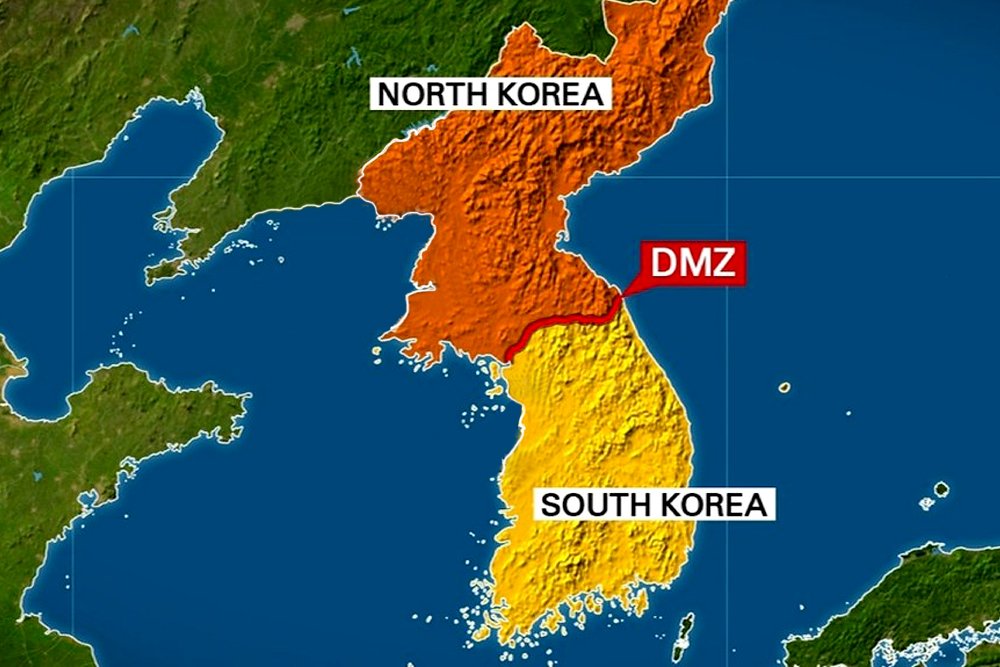
Kim Jong-un is probably the first name that comes to mind when you think about North Korea, whereas BTS (The Bangtan Boys) is likely the first iconic name that arises when thinking about South Korea.
Let’s admit it, both of these names have polar effects on a majority of the population, but why is that the case? Why is there such a vast divide between North and South Korea? What caused the drift?
When Japan Conquered Korea
The story begins with the First Sino-Japanese war, which was fought between Japanese and Chinese forces for influence over Korea from 1894 to 1895.
Interestingly, this war had three other names: in Japan, it was known as the ‘War of Jiawu’; in China, it was known as the ‘Japan-Qing War’; and in Korea, it was called the ‘Qing-Japan War’.
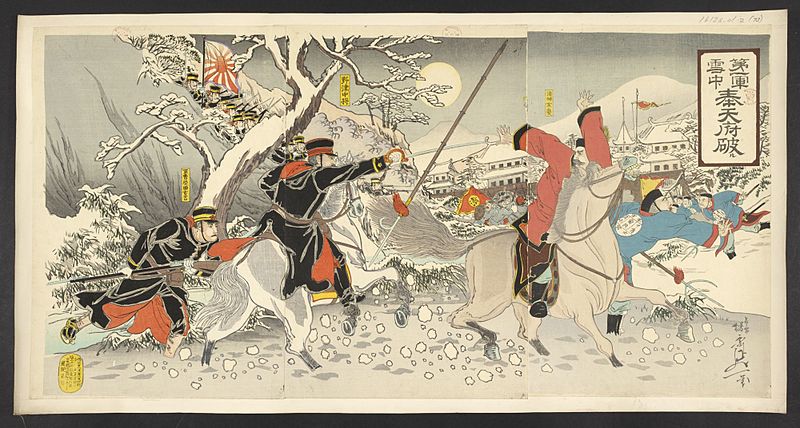
In 1870, Korea was China’s most substantial client state, abundant in coal and iron, and located opposite to the Japanese islands. This proximity and resource richness caught Japan’s interest. In 1875, it adopted revolutionary western technology and forced Korea to abandon its foreign relations with China.
Japan helped modernize Korea, which cultivated some pro-Japanese reformers that tried to overthrow the Korean government. However, the king was rescued by Yuan Shikai, a Chinese general, who killed many Japanese legation guards in 1884. This enraged both Japan and China, but war was prevented by both countries signing the Li-Itō Convention, but the peace would not last long.
A decade later, while Japan was busy expanding its kingdom and modernizing its programs, China was busy plotting revenge.
Now, remember those pro-Japanese revolts? They were led by Kim Ok-Kyun, who was then murdered in Shanghai by the agents of none other than Yuan Shikai. War was declared on August 1, 1894 and by March of 1895, the Japanese troops had overthrown the Chinese forces.
Finally, China had learned its lesson and recognized Korea as being independent of its assistance by signing the ‘Treaty of Shimonoseki’.
Also Read: Who Built The Great Wall Of China And Why?
World War Zero
Japan had effectively proven its significance to the entire world and continued expanding, but the Russian Empire (then ruled by Czar Nicholas II) boasted one of the largest territorial powers in the world. Despite this, every winter, Russia was forced to close its shipping operations from Vladivostok, and was therefore in search of another warm-water port to ensure the continuation of commerce during winter.
Russia managed to lease Port Arthur in the Liaodong Peninsula from China, and needless to say, also saw potential in the Korean peninsula.
The Japanese were concerned about Russia’s intentions and proposed a deal to the Russian Empire, ceding control over Manchuria, instead of Korea. However, the Russians declined this offer.
War was all but inevitable.
On February 8, 1904, the Japanese army attacked the Russian navy at Port Arthur. Ships sank, mines exploded and chaos reigned. The Siege of Port Arthur was the longest and most violent attack of the Russo-Japanese War.
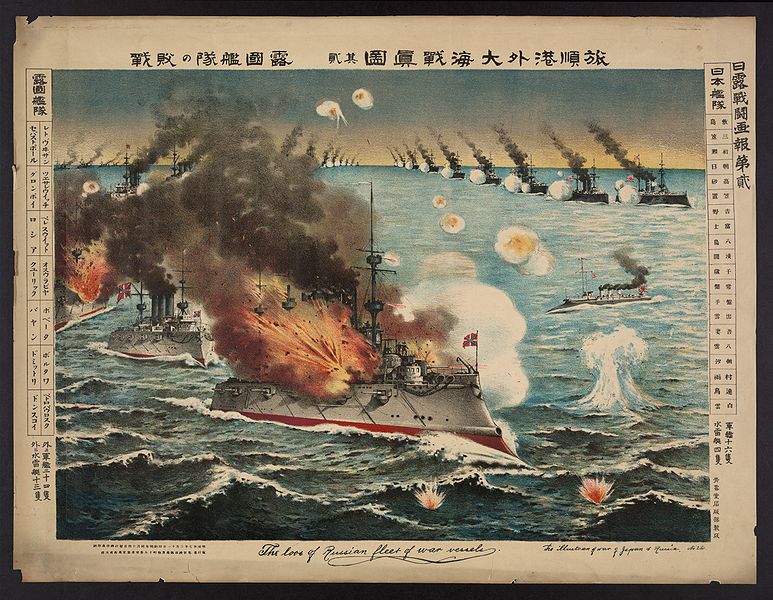
This conflict was followed by ‘The Battle of Liaoyang’, wars in Manchuria and Korea, and was finally concluded by ‘The Treaty of Portsmouth’.
Japan won this war, but it stirred up turmoil in many other countries, partially sparking and fanning the flames that would ruin empires in World War I and World War II.
For some historians, this is therefore considered World War 0.
The Division Of Korea
As all things do, balance came back full circle. After WWO (initiated and won by Japan), Japan was forced to give up all of its colonies after WWII, including Korea, to the victorious Allied countries.
So, 35 years later, Korea was no longer under Japan’s control, but the freedom did not last long. The Soviet Union invaded Korea the very same day the Japanese left.
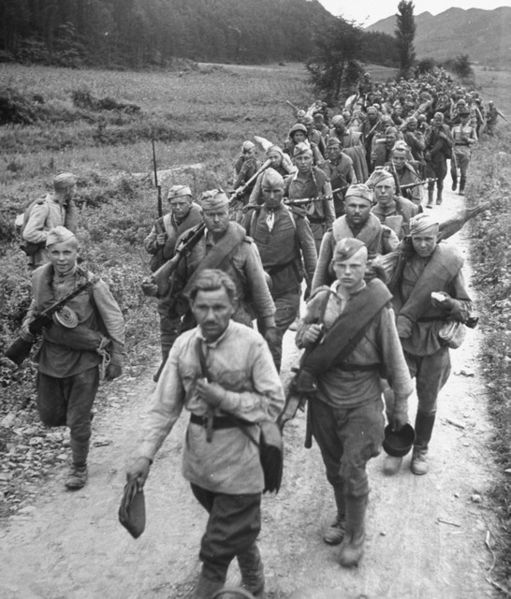
The Soviets occupied the North and the United States occupied the South, both regions generally separated by the 38th parallel. This helped divide the country into two equal halves running from east to west along the 38 degrees north.
By the beginning of the Cold War, it was clearly impossible to unite the country again. In 1948, two radically different states were created: the Democratic People’s Republic of Korea in the North and the Republic of Korea in the South.
Peace could not be maintained for long.
On June 25th, 1950, North Korea invaded the South in an attempt to spread communism. The UN and US forces came to the aid of South Korea, pushing the invading forces back across the border. In October of 1950, those forces advanced to complete the war, but were stopped by Chinese troops who had come to their neighbor’s aid.
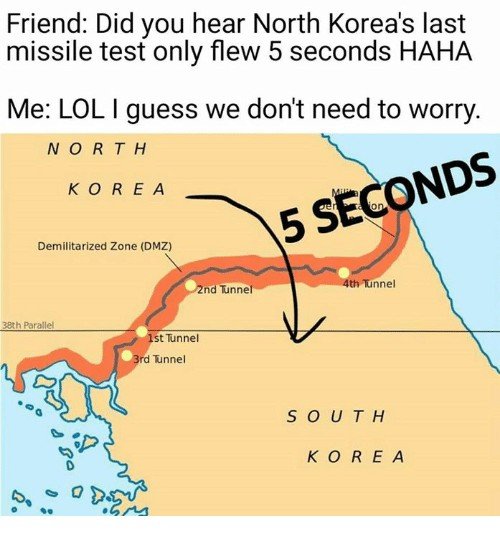
The fighting finally came to an end on July 27, 1953, when an agreement to end hostilities was signed.
However, the damage had already been done; more than 2 million people had been killed, and both countries began to evolve in their own very different directions.
It is also important to note that the war was never officially declared over; the 38th parallel was simply recognized as a ‘demilitarized zone’.
Also Read: What’s The Story Of The Berlin Wall?
The Aftermath
Today, these two regions of the same peninsula might as well be two different countries.
The regional language continues to be Korean (though the North speaks a more orthodox version), they observe the same holidays, love spicy food and respect their elders, the differences between the countries undoubtedly overshadow any commonality.
North Korea is run by a dictatorship, and has been ruled by the Kim dynasty since 1948. The country is also 50 years behind the global standards of infrastructural development and has over one million men in the military (thanks to forced conscription).
On the other hand, South Korea believes in democracy, freedom of speech and KOREAN POP! After the war, South Korea transformed itself from an agricultural economy into a business-leaning nation, with Seoul being ranked as the world’s ‘leading digital city’, while South Korea as a whole is considered ‘the tech capital of the world’.
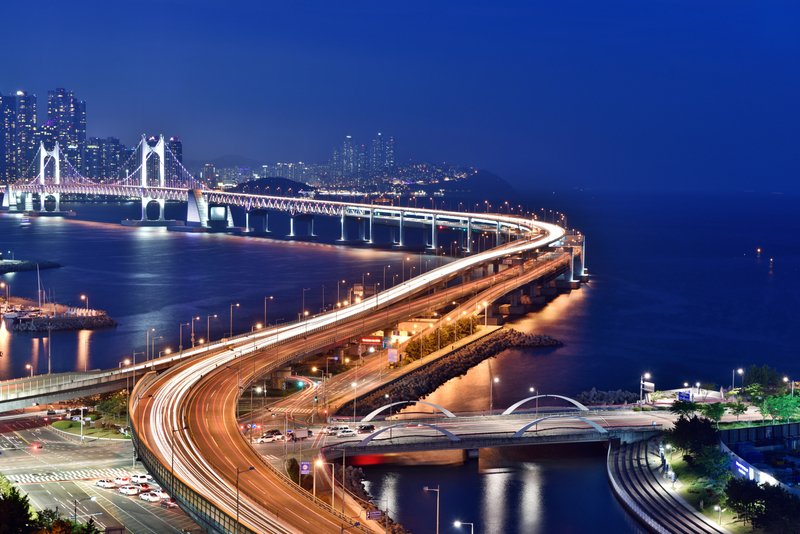
While relations between these two dynamic ends of the same country have been strained for years, do you think the first ‘inter-Korean summit’ might be able to make this old division less distinct? Only time will tell!
How well do you understand the article above!

References (click to expand)
- Korea Divided - COTF. cotf.edu
- Hong Kong Museum of Coastal Defence - Exhibition - Past Exhibitions - Conflict and War: China and Japan, 1894-95 - hk.coastaldefence.museum
- The Treaty of Portsmouth and the Russo-Japanese War, 1904 .... The Office of the Historian
- Cold War - The George Washington University. The George Washington University
- Korean War and Japan's Recovery - History State Gov. The Office of the Historian
